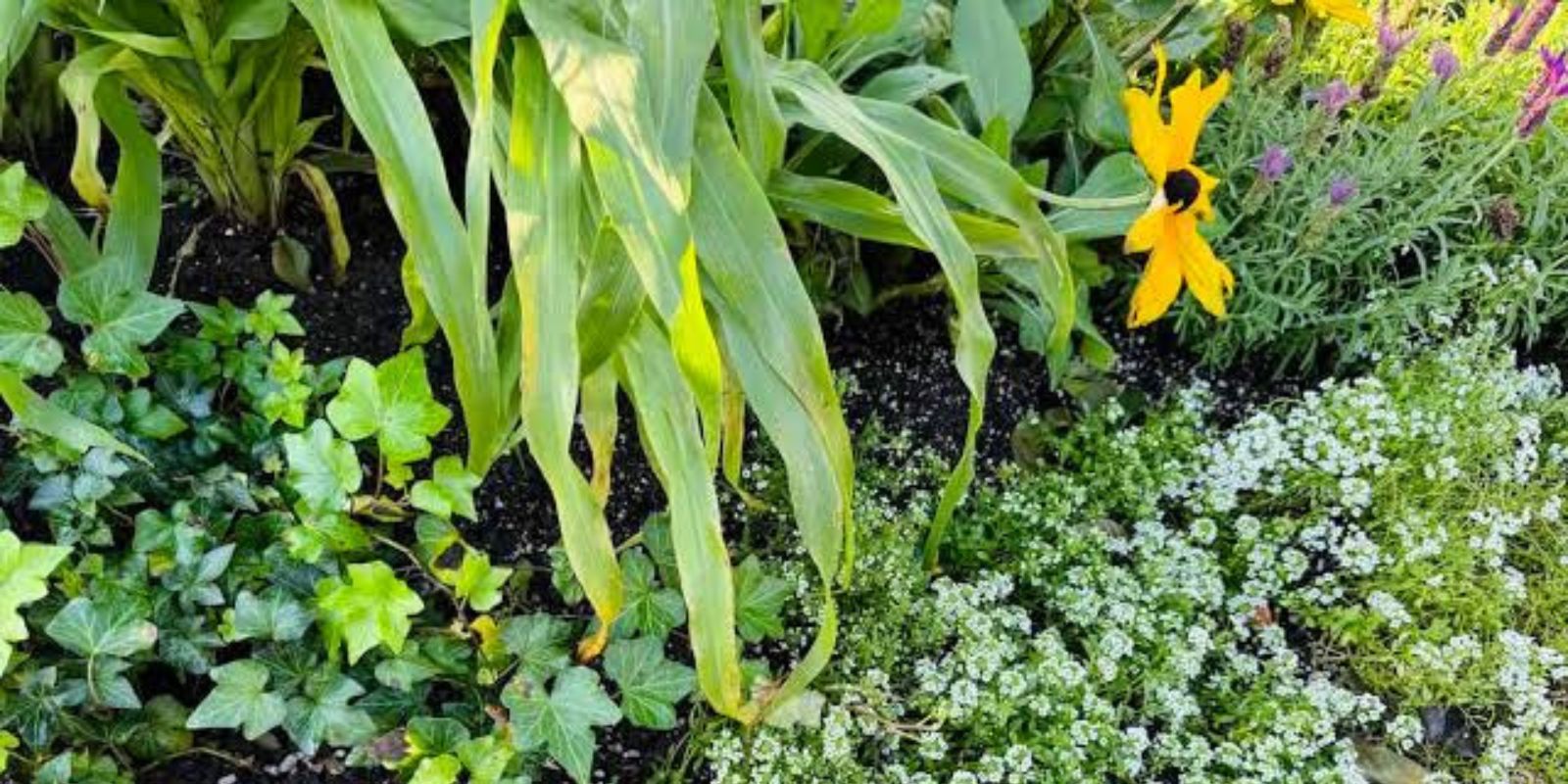Introduction
Gardening can be a fulfilling hobby, but maintaining a pristine, weed-free, and visually appealing garden often requires significant effort. One of the best solutions for a low-maintenance yet lush landscape is the use of ground cover plants. These plants not only add aesthetic appeal but also suppress weeds, retain soil moisture, and prevent erosion—all while reducing the need for frequent upkeep.
In this comprehensive guide, we’ll explore everything you need to know about ground cover plants: why they’re beneficial, the best varieties for different conditions, how to plant and care for them, and expert tips for achieving a thriving ground cover garden.
Why Choose Ground Cover Plants?
1. Weed Suppression
Weeds are one of the biggest headaches for gardeners. By planting dense ground covers, you create a natural barrier that prevents weeds from taking root. The thick foliage blocks sunlight, making it difficult for weed seeds to germinate.
2. Soil Protection and Erosion Control
Bare soil is vulnerable to erosion caused by wind and rain. Ground cover plants help stabilize the soil by forming a protective mat of roots that hold the ground together, reducing runoff and nutrient loss.
3. Moisture Retention
A well-chosen ground cover acts as a living mulch, reducing water evaporation from the soil. This means less watering, which is great for both the environment and your water bill.
4. Low Maintenance
Unlike turfgrass, ground cover plants require little to no mowing. Many are also drought-tolerant and resistant to pests and diseases, making them an ideal choice for busy gardeners.
5. Enhancing Aesthetic Appeal
From lush greenery to vibrant flowers, ground covers can transform dull areas into beautiful, textured landscapes. Whether you prefer a cottage garden feel or a more structured design, there’s a ground cover to suit your style.
Best Ground Cover Plants for Your Garden
Ground cover plants come in many varieties, each suited for different garden conditions. Below are some of the best options based on light exposure and climate needs.
1. Sun-Loving Ground Covers
If your garden gets plenty of direct sunlight, these plants will thrive:
- Creeping Thyme (Thymus serpyllum) – A fragrant, low-growing herb with tiny purple flowers that attract pollinators.
- Sedum (Sedum spp.) – A hardy succulent that thrives in dry conditions with minimal care.
- Ice Plant (Delosperma cooperi) – Produces beautiful, daisy-like flowers and is highly drought-resistant.
- Dwarf Mondo Grass (Ophiopogon japonicus ‘Nana’) – An excellent alternative to turfgrass, requiring minimal upkeep.
2. Shade-Tolerant Ground Covers
For areas that receive limited sunlight, try these shade-friendly options:
- Sweet Woodruff (Galium odoratum) – Forms a lush carpet of green with fragrant white flowers.
- Hostas (Hosta spp.) – While primarily grown for their foliage, hostas can serve as an effective ground cover.
- Ajuga (Ajuga reptans) – A fast-spreading plant with beautiful purple, bronze, or green foliage.
- Lungwort (Pulmonaria spp.) – Produces attractive silver-speckled leaves and small blue or pink flowers.
3. Drought-Resistant Ground Covers
For water-wise landscaping, consider these drought-tolerant plants:
- Blue Star Creeper (Isotoma fluviatilis) – A charming, mat-forming plant that requires little water.
- Lamb’s Ear (Stachys byzantina) – Recognized for its soft, velvety leaves and resilience in dry conditions.
- Creeping Phlox (Phlox subulata) – Bursts into colorful blooms in early spring and requires little care afterward.
- Bearberry (Arctostaphylos uva-ursi) – A hardy evergreen ground cover ideal for sandy, dry soils.
How to Plant and Care for Ground Cover Plants
1. Choosing the Right Plant for Your Garden
Before planting, evaluate your garden’s light exposure, soil type, and climate. Select a ground cover that suits these conditions to ensure success.
2. Preparing the Soil
- Remove any existing weeds or grass from the planting area.
- Loosen the soil and add compost for improved drainage and nutrients.
- If planting in a large area, consider laying down landscape fabric to suppress weeds.
3. Planting Your Ground Cover
- Space plants according to their growth habit (usually 6–12 inches apart).
- Water immediately after planting to help roots establish.
- If using creeping varieties, gently spread the runners over the soil to encourage quick coverage.
4. Watering and Mulching
- Most ground covers need regular watering during the first few weeks until they establish.
- Once mature, many require minimal irrigation.
- Adding a thin layer of mulch around young plants can further suppress weeds and retain moisture.
5. Maintenance Tips
- Prune or trim aggressively growing plants to keep them from overtaking other areas.
- Fertilize lightly if necessary, but most ground covers thrive in average soil without extra feeding.
- Divide overcrowded patches every few years to maintain healthy growth.
Common Mistakes to Avoid
1. Choosing the Wrong Plant for Your Climate
Some ground covers thrive in cool, moist conditions, while others prefer heat and drought. Always research before planting.
2. Planting Too Densely
While quick coverage is tempting, overcrowding can lead to poor airflow, increasing the risk of disease.
3. Ignoring Maintenance
Though low-maintenance, ground covers still need occasional pruning and weeding to keep them looking their best.
Creative Ways to Use Ground Cover Plants
🌿 Replace Grass in Hard-to-Mow Areas – Sloped areas and narrow pathways can benefit from low-growing alternatives like creeping thyme.
🌿 Create Stunning Borders – Use vibrant flowering varieties like creeping phlox to frame flower beds.
🌿 Fill in Gaps Between Pavers – Irish moss (Sagina subulata) works beautifully in stepping stone pathways.
🌿 Underplanting for Trees and Shrubs – Shade-tolerant ground covers can create a lush carpet beneath taller plants.
Conclusion
Ground cover plants are one of the most versatile and low-maintenance solutions for any garden. Whether you need to reduce weeds, prevent erosion, or simply add visual appeal, these plants can transform your outdoor space with minimal effort. By choosing the right varieties, properly preparing the soil, and following basic care guidelines, you can create a thriving, weed-free garden that looks beautiful all year round.
💬 What’s your favorite ground cover plant? Let us know in the comments!

